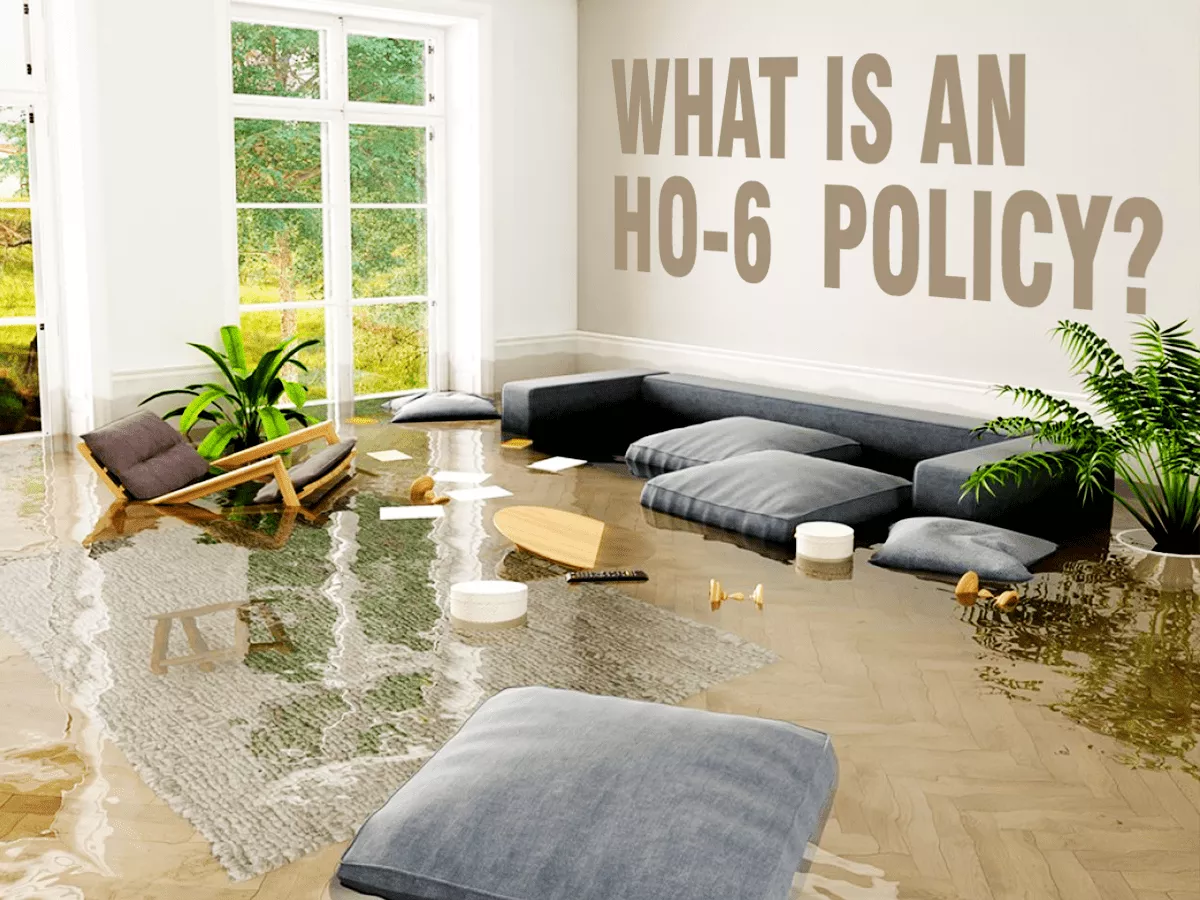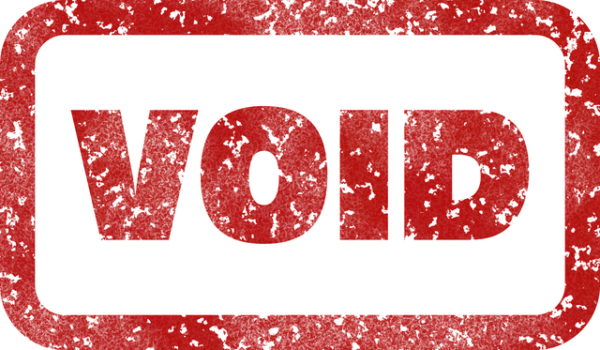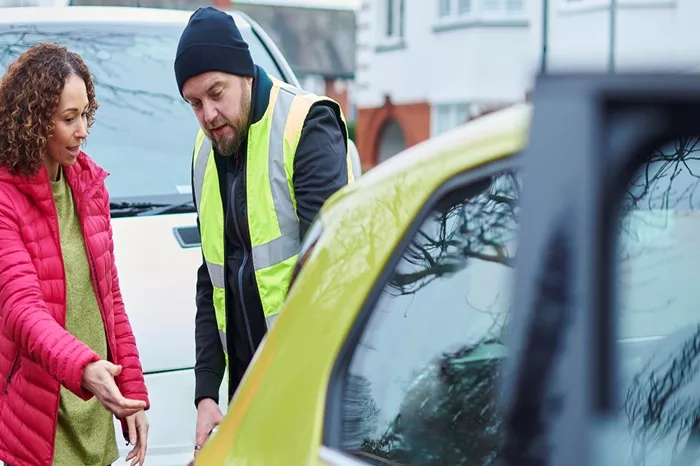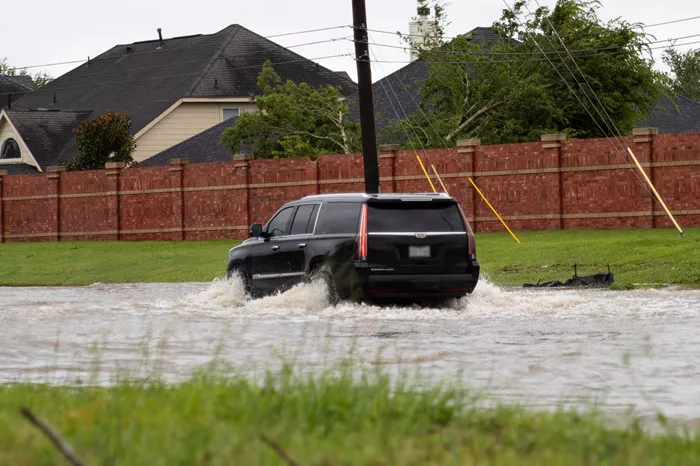Homeowner insurance is a critical safeguard for one of your most valuable assets: your home. Understanding what a basic homeowner insurance policy covers is crucial for ensuring you have adequate protection without overpaying. This article will break down the components of a basic homeowner insurance policy and its benefits.
What is a Basic Homeowner Insurance Policy?
Foundational Coverage for Homeowners
A basic homeowner insurance policy, often referred to as an HO-1 policy, provides essential protection for your home and personal belongings. This type of policy is designed to cover common risks and perils that homeowners might face, offering a financial safety net in case of damage or loss.
Primary Objectives
The primary objectives of a basic homeowner insurance policy are to:Protect the physical structure of your home.Cover personal belongings inside your home.Provide liability protection against legal claims.
Components of a Basic Homeowner Insurance Policy
Dwelling Coverage
Dwelling coverage is the cornerstone of a basic homeowner insurance policy. It covers the physical structure of your home, including the walls, roof, and foundation. If your home is damaged by a covered peril, such as fire or vandalism, this part of the policy helps pay for repairs or rebuilding.
Personal Property Coverage
Personal property coverage protects your personal belongings inside the home, such as furniture, electronics, and clothing. If these items are damaged or stolen, this coverage helps pay to repair or replace them. Typically, this coverage is a percentage of the dwelling coverage amount.
Liability Protection
Liability protection is a crucial component of a basic homeowner insurance policy. It covers legal fees and damages if someone is injured on your property or if you accidentally cause damage to someone else’s property. This protection can also extend to incidents that occur off your property.
Additional Living Expenses (ALE)
If your home becomes uninhabitable due to a covered peril, additional living expenses (ALE) coverage helps pay for temporary housing and related costs. This ensures you have a place to stay while your home is being repaired or rebuilt.
Other Structures Coverage
Other structures coverage protects structures on your property that are not attached to your home, such as garages, sheds, and fences. This coverage helps pay for repairs or replacement if these structures are damaged by a covered peril.
Common Perils Covered by Basic Homeowner Insurance
Fire and Smoke Damage
Fire and smoke damage are common risks covered by a basic homeowner insurance policy. This includes damage caused by accidental fires, wildfires, and smoke.
Theft and Vandalism
A basic policy typically covers losses due to theft and vandalism. This protection extends to personal belongings stolen or damaged in your home.
Windstorm and Hail
Windstorm and hail damage are also covered perils. This includes damage to the roof, windows, and exterior of your home caused by severe weather events.
Lightning
Lightning strikes can cause significant damage to your home and electrical systems. A basic homeowner insurance policy covers damage resulting from lightning strikes.
Explosion
Explosions, though rare, can cause extensive damage. Basic policies typically cover damage caused by explosions, whether from gas leaks or other sources.
Riots and Civil Commotion
Damage caused by riots or civil commotion is usually covered under a basic policy. This ensures your home and belongings are protected during periods of unrest.
Aircraft and Vehicle Damage
If an aircraft or vehicle crashes into your home, a basic homeowner insurance policy covers the resulting damage. This includes damage caused by cars, trucks, and other vehicles.
see also:How Much Should I Pay for House Insurance?
Exclusions and Limitations
Floods and Earthquakes
Flood and earthquake damage are typically excluded from basic homeowner insurance policies. Homeowners in high-risk areas should consider purchasing separate flood or earthquake insurance.
Maintenance and Wear and Tear
Damage resulting from poor maintenance, wear and tear, or neglect is not covered by a basic policy. Homeowners are responsible for regular upkeep to prevent such issues.
High-Value Items
Basic policies often have coverage limits for high-value items like jewelry, art, and collectibles. Homeowners may need to purchase additional coverage or endorsements for these items.
Benefits of a Basic Homeowner Insurance Policy
Financial Protection
A basic homeowner insurance policy provides financial protection against common risks. This helps mitigate the financial impact of damage or loss, allowing you to recover more easily.
Peace of Mind
Knowing that your home and belongings are protected gives you peace of mind. You can feel confident that you have a safety net in place in case of unexpected events.
Legal and Liability Protection
Liability protection included in basic policies helps cover legal fees and damages if you are sued. This shields you from potentially devastating financial losses due to legal claims.
Support During Displacement
If your home becomes uninhabitable, additional living expenses (ALE) coverage provides support for temporary housing. This ensures you have a place to stay while your home is being repaired.
Factors to Consider When Choosing a Basic Homeowner Insurance Policy
Coverage Limits
Ensure the coverage limits of your policy are sufficient to cover the replacement cost of your home and belongings. Underinsuring can lead to significant out-of-pocket expenses in case of a major loss.
Deductibles
Choose a deductible that balances affordable premiums with manageable out-of-pocket costs. Higher deductibles typically result in lower premiums, but make sure you can afford the deductible in case of a claim.
Endorsements and Riders
Consider adding endorsements or riders to your policy to cover specific risks or high-value items. This customization ensures you have comprehensive protection tailored to your needs.
Insurance Provider Reputation
Select an insurance provider with a strong reputation for customer service and claim handling. Reading reviews and checking financial ratings can help you choose a reliable insurer.
FAQs
1. What is a basic homeowner insurance policy?
A basic homeowner insurance policy, also known as an HO-1 policy, provides essential protection for your home and belongings. It covers common perils such as fire, theft, and windstorm damage.
2. What does dwelling coverage include?
Dwelling coverage protects the physical structure of your home, including the walls, roof, and foundation. It helps pay for repairs or rebuilding if your home is damaged by a covered peril.
3. Are personal belongings covered by a basic policy?
Yes, personal property coverage protects your belongings inside the home, such as furniture, electronics, and clothing. This coverage helps pay to repair or replace these items if they are damaged or stolen.
4. What is liability protection in a homeowner insurance policy?
Liability protection covers legal fees and damages if someone is injured on your property or if you accidentally cause damage to someone else’s property. This protection can also extend to incidents that occur off your property.
5. Are floods and earthquakes covered by a basic homeowner insurance policy?
No, flood and earthquake damage are typically excluded from basic policies. Homeowners in high-risk areas should consider purchasing separate flood or earthquake insurance.
Conclusion
A basic homeowner insurance policy provides essential protection for your home and personal belongings. Understanding the components of this policy, the common perils covered, and the benefits it offers can help you make informed decisions about your coverage. By considering factors such as coverage limits, deductibles, and endorsements, you can ensure you have adequate protection tailored to your needs. Regularly reviewing your policy and understanding what is covered and excluded can provide peace of mind and financial security in case of unexpected events.






















